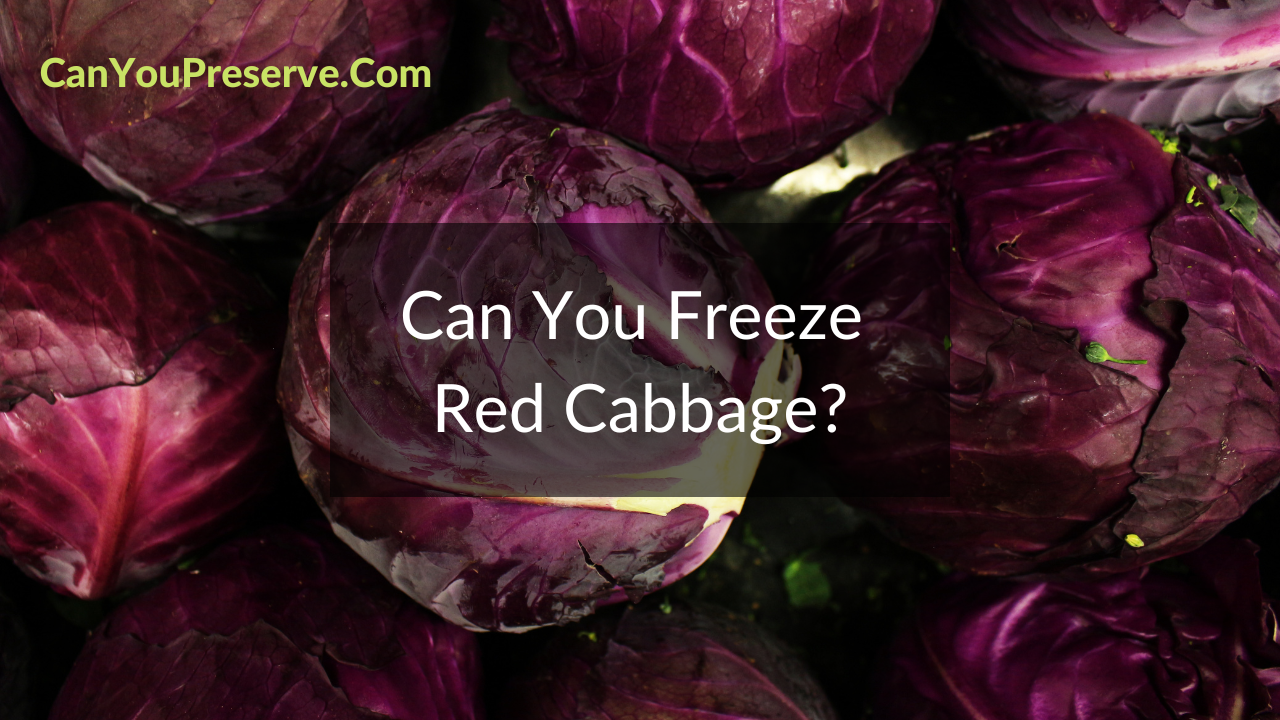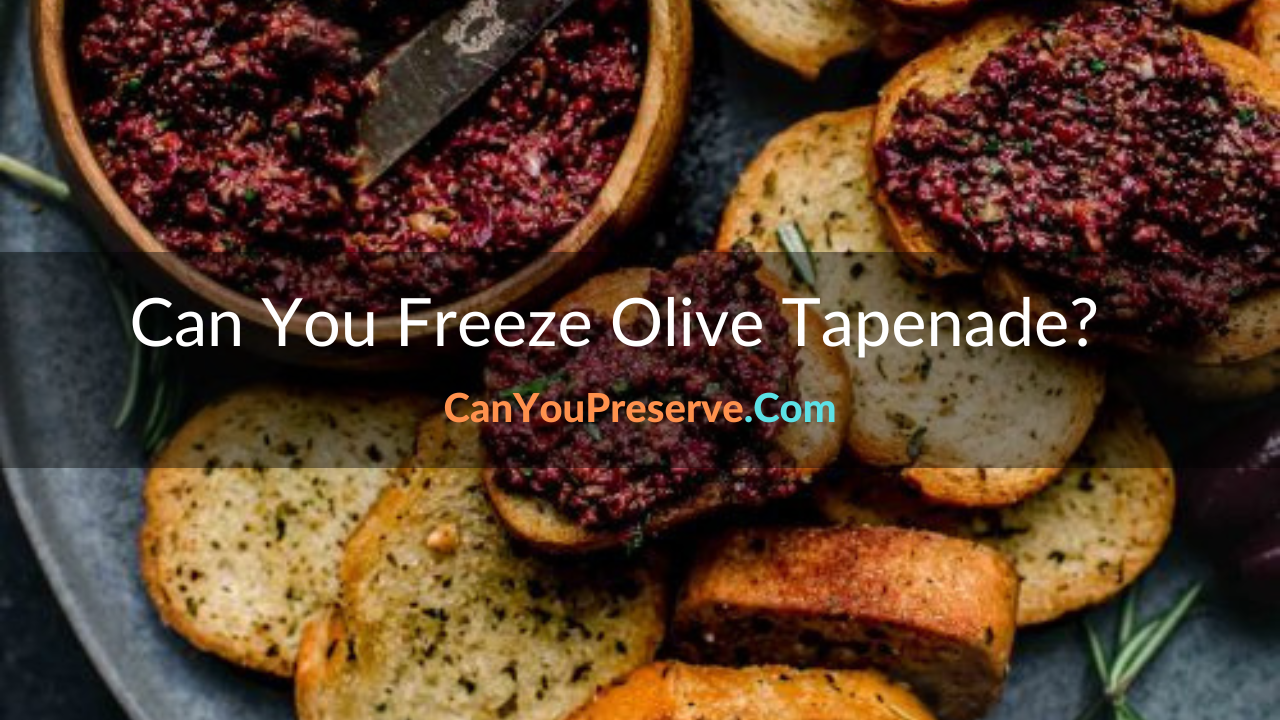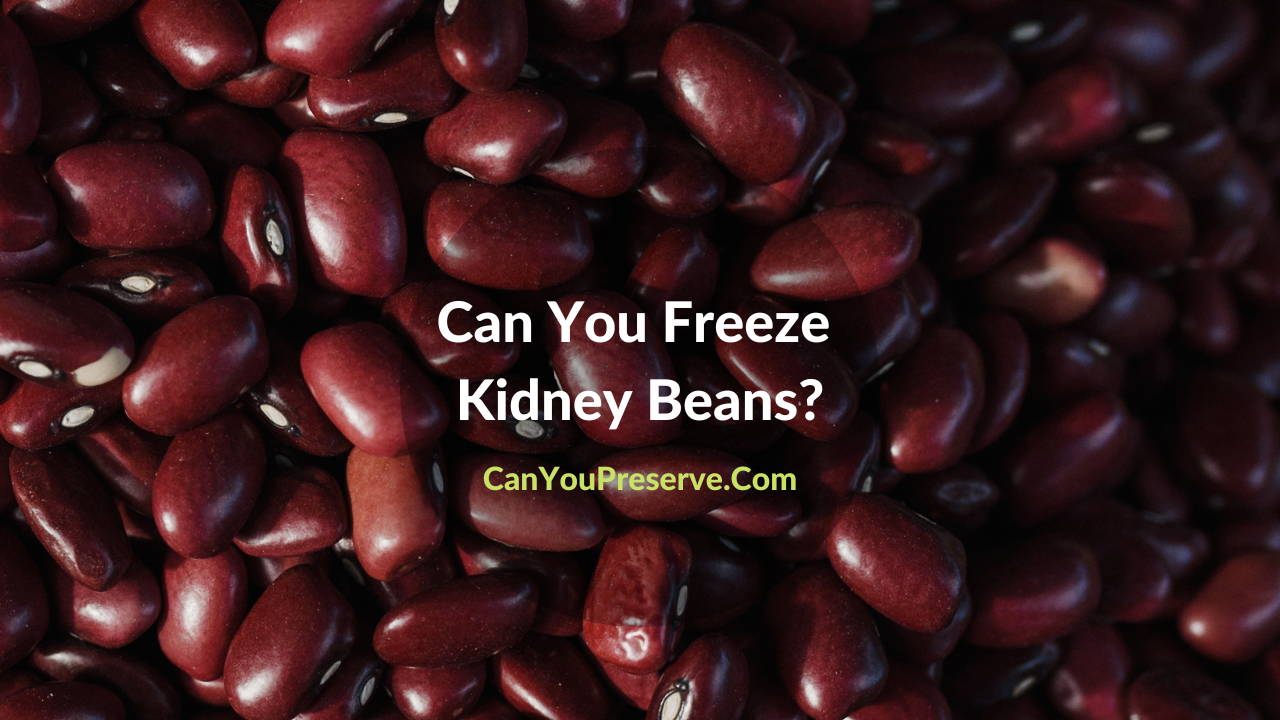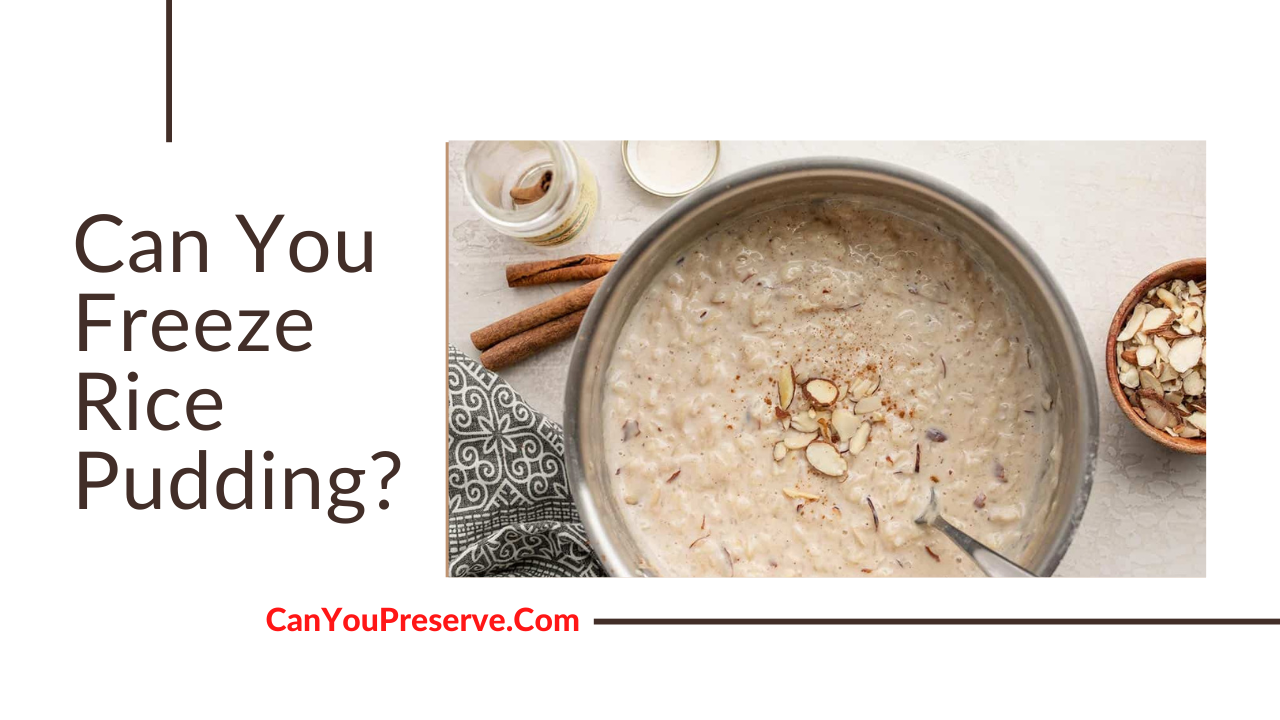Can You Freeze Turnips?: Turnips are sometimes mistaken for swedes and are used in much the same way as other root vegetables. But can turnips be frozen like other root vegetables? For a detailed account of how to freeze turnips, tips for freezing, and whether they can be refrozen or not, refer to the information given below.
- Can You Freeze Turnips?
- How Can You Freeze Turnips?
- How To Freeze Uncooked Turnips?
- Tips For Freezing Turnips
- How Long Can Turnips Be Frozen?
- How To Defrost Turnips?
- Can You Refreeze Turnips?
- Do Turnips Freeze Well?
- Can turnips green be frozen?
- Can diced turnips be frozen?
- How long do turnips last in the refrigerator?
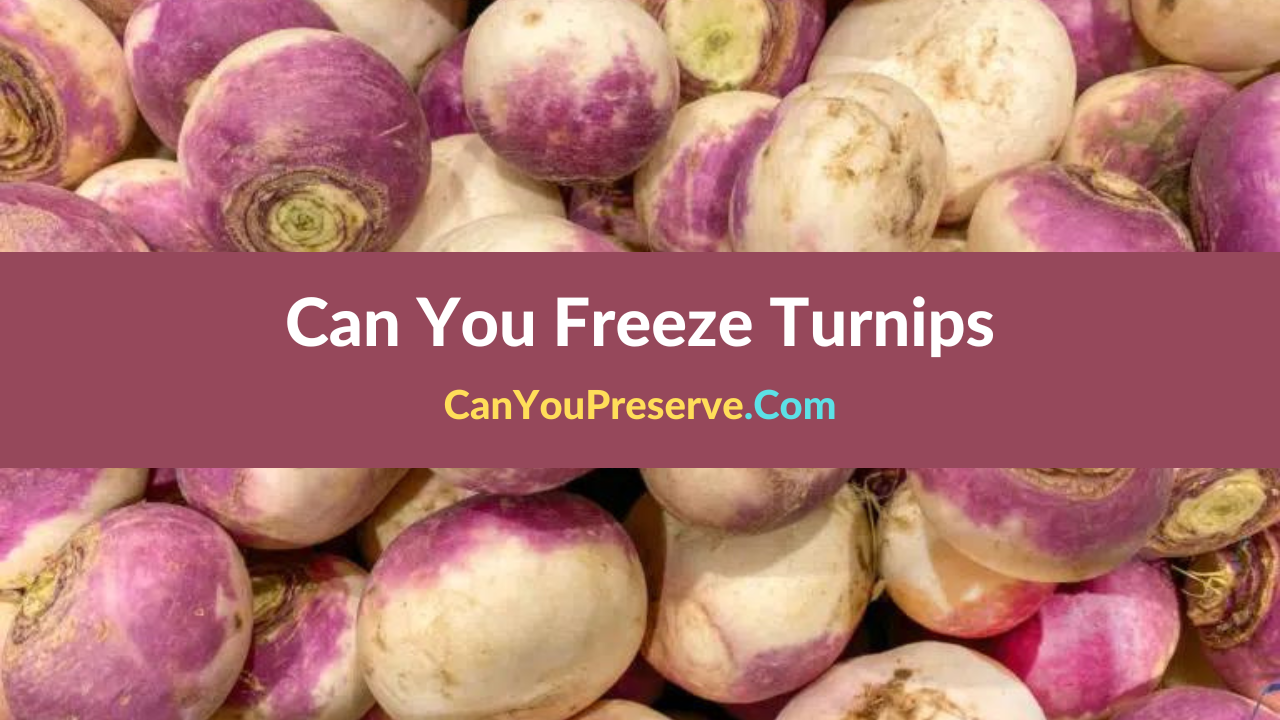
Can You Freeze Turnips?
Yes, Turnips can be frozen for up to six months. Make it a point to blanch turnips in advance if you plan to freeze them uncooked. Turnip mash and roasted turnips can both be frozen. Turnips are known to freeze well but when it comes to refreezing them, we advise against it.
How Can You Freeze Turnips?
Make sure to scrub your turnips well before freezing them. Any that are just a little soft should be discarded because freezing them won’t make a difference. It’s best to freeze the cleaned turnips after you have a bowl full of them.
- Boil: Bring water in a big pot to a boil. Since you are merely blanching them, there is no need to salt the water.
- Prepare: Peel the turnips and cut them into equal-sized cubes while waiting for the water to boil.
- Blanching: Turnips should be blanched in water for around ninety seconds. To stop the turnips from overcooking, immediately drain and submerge in icy water. then drain once more.
- Flash Freezing: As you spread the turnip out on a baking sheet, make sure there is space between each cube. For a few hours, put the tray inside the freezer to flash-freeze your turnip. You want to completely freeze them outside.
- Final Freezing: Take off the tray, then dump its contents into something like a freezer bag for long-term storage in the freezer. Try to get rid of as much air as you can as you shut the bag.
How To Freeze Uncooked Turnips?
If you’re unsure of what you’ll use turnips for, freezing them raw works incredibly nicely. However, provided you understand how you would like to prepare them or have extra, then use the following procedures to freeze cooked turnips.
Freezing Roasted Turnips
Turnips are wonderful when roasted. Turnips frequently have a harsh flavor, but roasting helps to lessen it while giving them a delicious roasted flavor. However, it does take some time. It’s not challenging, but what if you only need a little serving of roasted turnips? The great news is that roasted turnips can be frozen, making them ready to use straight from the freezer.
You need to roast your turnips first before freezing them, obviously. You most likely use a different approach. If not, it is easy. Cut the turnips into slices or cubes after peeling. Add some olive oil, salt, and any other seasonings like pepper or chili. Place on a roasting pan and cook for about 30 minutes, or until soft.
- Cool: After roasting your turnips, you must allow them to cool fully. Make sure to drain off any extra liquid or oil while they’re cooling.
- Flash freezing: After it has cooled, immediately put the tray inside the freezer for a couple of hours to flash freeze; you might want to cover the top with cling film.
- Bagging it up: Take them out of the freezer once they have frozen and scoop them inside a ziplock bag.
- Freezing: Before putting the bag back together and putting the items back in the freezer, squeeze out as much air as you can.
Freezing Mashed Turnips
Of course, you can! The good news is that there is no need to boil turnips before freezing them. You basically need to spoon your turnip mash into a bag and freeze it after you’ve finished making it. To make it simple to thaw out one portion as needed, it’s a great idea to only put a serving size into each bag. As always, while sealing things up, make careful to get rid of as much air as you can.
Tips For Freezing Turnips
Now that you understand how to freeze turnips, here are our top 3 suggestions, which we strongly advise using for the best results:
- Blanching: To guarantee that your turnips maintain its flavor, texture, and taste, blanching is essential. Don’t neglect this step, and be sure to blanch the vegetables first.
- Cooking first: Turnips that have been cooked before freezing will freeze exceptionally nicely and will spare you time in the future.
- Cooking from frozen: There is good news when defrosting turnips. No, you don’t have to! Turnips can be roasted or blanched straight from the freezer. If blanched, drop into a saucepan of boiling water and boil for thirty min; if roasted, place in a hot oven and bake until thoroughly cooked.
How Long Can Turnips Be Frozen?
Turnips should only be stored (in whatsoever format) for only a maximum of six months. Beyond this, the texture can start to deteriorate a little. Generally speaking, they’ll still be completely safe to eat but may not taste as good.
Always identify the bags with the items inside and the date they have to be consumed. By doing this, you will avoid wasting any turnips in the future.
Read More:
How To Defrost Turnips?
The excellent thing is that blanched or roasted turnips don’t even require thawing. You may prepare them from frozen. Grab a handful of turnips and throw them into your pan if you intend to add them to soup or stew. Turnips can be cooked on their own by placing them in a pan of boiling water for approximately 30 minutes, or until they are fork-tender.
Only turnip mash stands out. This needs to thaw overnight in the refrigerator in a bowl. Place in a pan once soft, and heat through over fairly low heat. To turn it silky and smooth, you may want to add a dash of cream or a chunk of butter.
Can You Refreeze Turnips?
We advise staying away from refreezing turnips. The issue with thawing and afterward refreezing would be that you run the risk of causing the texture to degrade quickly. Instead, we recommend portion-separate freezing of your turnips so that you may defrost them. This is a much more effective technique to reduce unnecessary waste.
Do Turnips Freeze Well?
There is no disputing the fact that turnips freeze well. Turnips’ texture and structure make them ideal for freezing, just like many other root vegetables like carrots.
In fact, it will be difficult for you to distinguish between frozen and fresh turnips. Only when using mashed turnips does this not ring true. They occasionally take on an odd texture. If you are given the option, we advise freezing blanched turnips in cube form.
Get to know about the freezing of parsnips by having a quick glance at our article Can You Freeze Parsnips and get a complete idea.
FAQs On Can You Freeze Turnips
1. Can turnips green be frozen?
Greens from turnips can be frozen. In order to preserve their nutrients and improve their ability to freeze for a longer amount of time, we would advise blanching them for no longer than thirty seconds. They could be put inside a freezer bag.
2. Can diced turnips be frozen?
Turnips can indeed be frozen in any shape. They can be frozen whole, sliced, cubed, or cut into wedges. Turnips can be frozen in any shape or size that you want to chop them.
3. How long do turnips last in the refrigerator?
Turnips last for about two weeks inside the refrigerator.
Summary
Now we understand that turnips freeze really well. You can choose to freeze turnips when they are raw or cooked. It depends on how you intend to use them later on. Also, when it comes to cooked turnips, you can either choose to freeze them as roasted turnips or as mashed turnips.
When it comes to refreezing turnips, it is a big no! The texture of turnips deteriorates upon refreezing. Turnips can be frozen for a period of six months and inside the refrigerator, they last for about two weeks. Bookmark our site to avail latest updates on Can You Freeze Chanterelle Mushrooms and others in a matter of no time.



